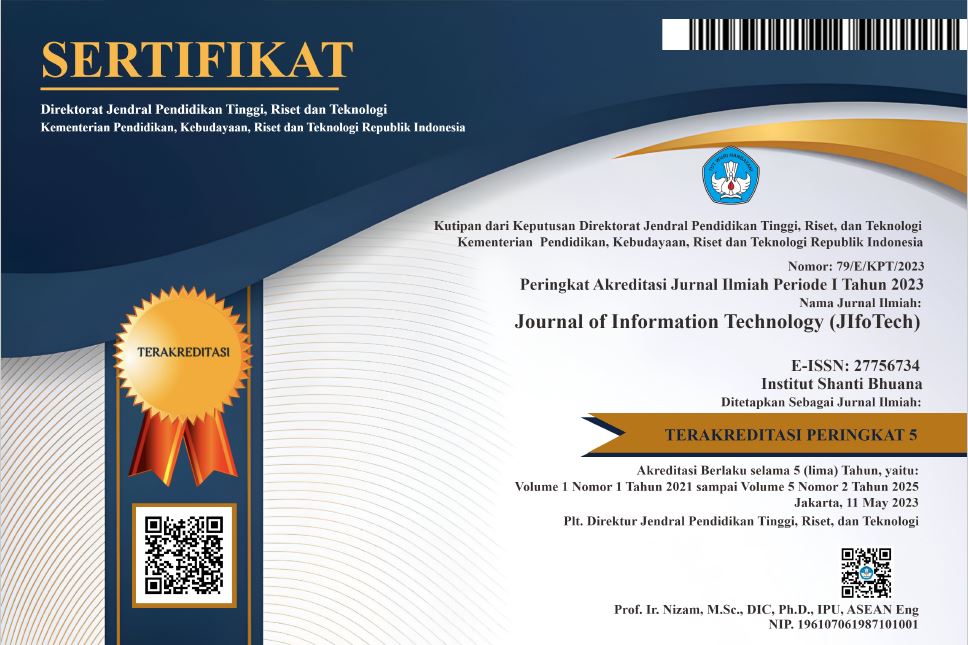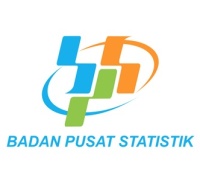E-Commerce System Analysis on Shopee to increase competitiveness using the S.W.O.T. method.
Abstract
The development of information technology has shifted the human paradigm in doing shopping from the traditional way that requires sellers and buyers to meet directly to electronic commerce (e-commerce) which is completely online. Shopee as one of the players in the e-commerce business has transformed into one of the big marketplaces, both in Indonesia and in the world. As an e-commerce company that has a worldwide reputation, Shopee is not the only player in the E-commerce business. To be able to survive in the midst of tight digital competition, of course Shopee is expected to always innovate to maintain service quality and increase competitiveness against its competitors. Therefore, an analysis will be carried out using S.W.O.T. to find out the strengths, weaknesses, opportunities, and threats that can occur to Shopee e-commerce. Based on the results of the analysis carried out, it was found that the strength of Shopee lies in its reputation, its weakness is that it is not e-commerce from Indonesia, the opportunity is a marketplace business that is not bound by space and time, and the threat is that there are many competitors for a similar business model. From these results, to reduce weaknesses and threats, as well as increase the strengths and opportunities that Shopee has, it can be done by implementing the S-O, W-O, S-T, and W-T strategies.
References
Periamsyah, Subhan, and A. Syahab, “Analisis Sistem E-Commerce Pada Perusahaan Marketplace Mobile Shopee Indonesia,” SENSITEK 2018, pp. 565–569, 2018, [Online]. Available: http://sisfotenika.stmikpontianak.ac.id/index.php/sensitek/article/viewFile/315/268.
E. D. Setyaningsih, “Analisis SWOT Implementasi Financial Technology Syariah pada PT Telkom Indonesia,” Syi`ar Iqtishadi J. Islam. Econ. Financ. Bank., vol. 2, no. 2, p. 73, 2018, doi: 10.35448/jiec.v2i2.4386.
A. M. I. Astuti and S. Ratnawati, “Analisis SWOT Dalam Menentukan Strategi Pemasaran (Studi Kasus di Kantor Pos Kota Magelang 56100),” J. Ilmu Manaj., vol. 17, no. 1, pp. 58–70, 2020.
S. Haryanti and T. Irianto, “Rancang Bangun Sistem Informasi E-Commerce untuk Usaha Fashion Studi Kasus Omah Mode Kudus,” J. Speed - Sentra Penelit. Eng. dan Edukasi, vol. 3, no. 1, pp. 8–14, 2011.
M. Pradana, “Klasifikasi Bisnis E-Commerce Di Indonesia,” Modus, vol. 27, no. 2, pp. 163–174, 2015, doi: 10.24002/modus.v27i2.554.
T. Haryanti and A. P. Subriadi, “E-commerce acceptance in the dimension of sustainability,” J. Model. Manag., 2021, doi: 10.1108/JM2-05-2020-0141.
N. D. Sari, C. A. Haris, and A. Rahman, “Analisis Mobile Shopping Application Menggunakan SWOT Analysis ( Studi Kasus : Aplikasi SHOPEE di Indonesia ) ( Case Study : Application of SHOPEE in Indonesia ),” 2017.
N. N. Pranomo, “Analisis Strategi Keberhasilan Shopee di Indonesia pada Tahun 2015-2019,” UNAIR, 2020.
T. Sammut-Bonnici and D. Galea, “SWOT Analysis,” Wiley Encycl. Manag., vol. 12, pp. 1–8, 2015, doi: 10.1002/9781118785317.weom120103.
D. Sulistiani, “Analisis SWOT sebagai Strategi Perusahaan dalam Memenangkan Persaingan Bisnis,” UIN Maulana Malik Ibrahim Malang, 2016.
Copyright (c) 2022 Candra Gudiato, Eko Sediyono, Irwan Sembiring

This work is licensed under a Creative Commons Attribution 4.0 International License.






















